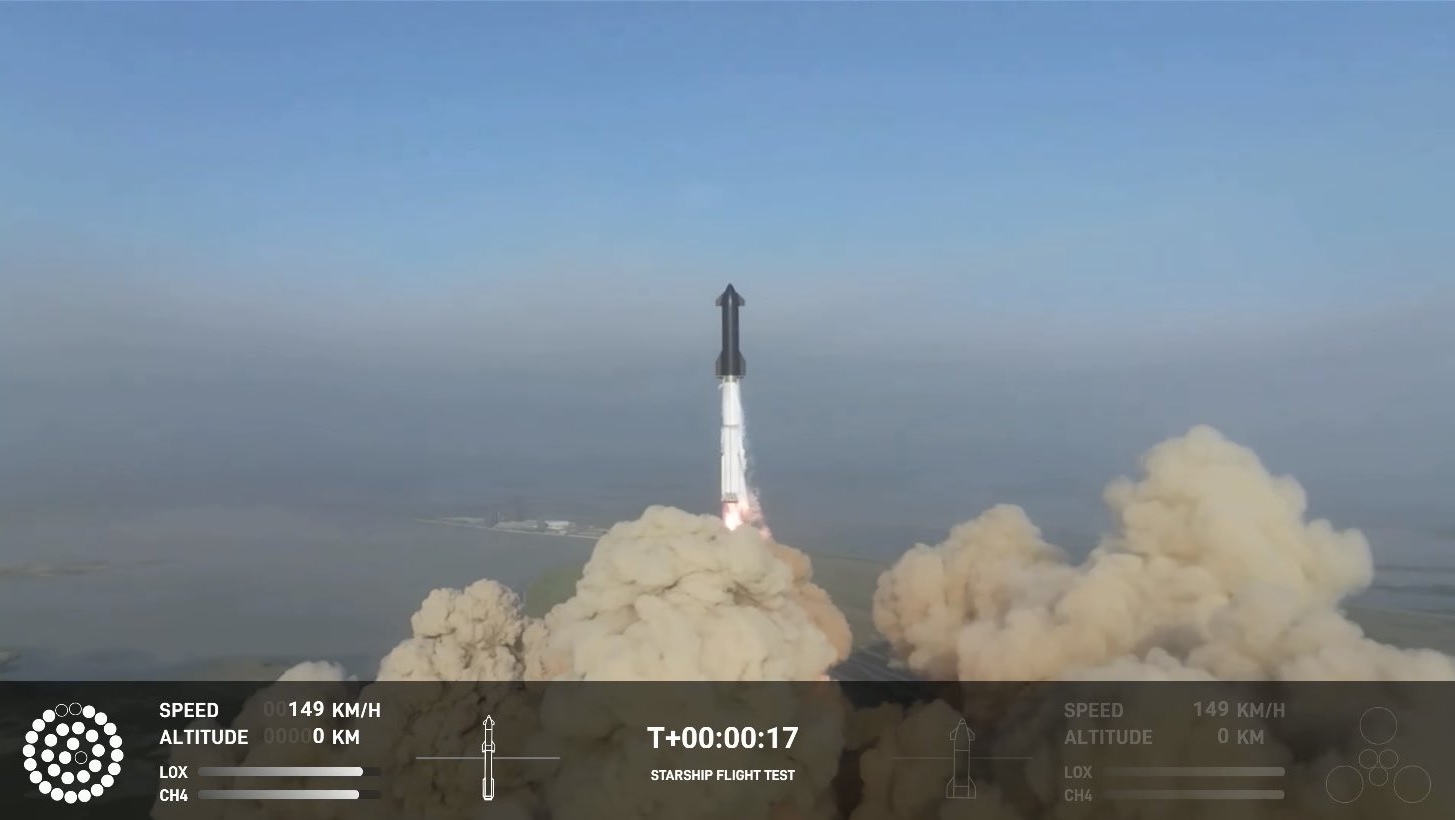techsyncX
Member

SpaceX's highly anticipated Starship flight test has come and gone, with the rocket failing to separate from its booster and exploding after a botched flip maneuver. The flight test had been delayed for months, with the first attempt being scrubbed due to a frozen pressurant valve.
The successful launch of the fully integrated Starship and Super Heavy booster from SpaceX's Boca Chica facility in Texas was seen as a major milestone, even if it failed to achieve its primary objective. CEO Elon Musk had previously warned enthusiasts to keep their expectations in check, noting that the flight was meant to collect data for future trips.
According to SpaceX, clearing the launchpad was the only objective, with anything beyond that being considered a bonus. The company has yet to announce when it expects to conduct its next flight attempt, but given that it can produce more than one Starship at a time, the delay is not expected to be lengthy.

At 394 feet tall, the Starship and Super Heavy combination is taller than the Saturn V rocket, and its 39 Raptor engines (33 in the booster, six in Starship) are powerful enough to haul payloads of up to 330,000lbs to low Earth orbit when fully reusable, and 550,000lbs when expendable. This represents a significant improvement over even the powerful Falcon Heavy, which can only bring 141,000lbs to that orbit.
The successful testing of Starship is essential for both SpaceX and NASA's plans for space exploration. The rocket is critical to SpaceX's plans for lunar tourism and other commercial flights, while NASA's Artemis Moon landings, set to start in December 2025, depend on the rocket to reach the surface and return astronauts to the Orion capsule for the trip home.
Given the timing of both SpaceX's own plans and NASA's exploration efforts, success with the next test is vital. The sooner Starship can be proven viable, the better its chances of minimizing further delays and ensuring a successful future for space exploration.


